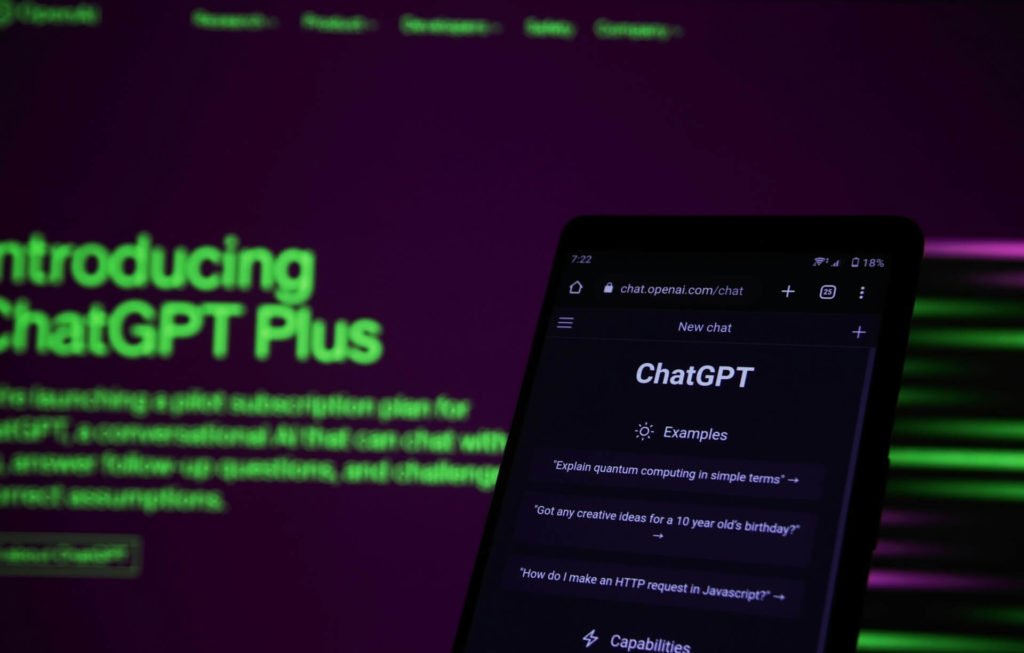
Generative AI has emerged as a game-changing technology that is reshaping our digital landscape and unlocking a new era of creative productivity.
What is Generative AI?
Generative AI refers to a group of artificial intelligence technologies that can create content. This content can be text, images, music, code, or even video. For example, in digital marketing, generative AI can automate content creation, from writing product descriptions and blog posts to generating unique images or video content for campaigns.
Generative AI tools like ChatGPT, Google's Gemini (previously Bard) and Claude by Anthropic, have already become indispensable digital assistants for many publishers and creators, crafting content with unprecedented flair.
The Impact on Business
Statistics tell a compelling story. According to Gartner, "By 2025, 30% of outbound marketing messages from large organizations will be synthetically generated, up from less than 2% in 2022."
A recent survey from Shopify found that "Some 14% of business leaders report that they are regularly using generative AI in marketing and sales functions".
Furthermore, Research from Deloitte has shown that "79% of respondents say they've fully deployed three or more types of AI".
It's not merely a trend; it's a seismic shift in the way we harness technology to create content.
Everyday Scenarios
Generative AI isn't confined to labs or futuristic visions; it's already woven into our daily lives. From chatbots that feel like friends to SEO and content tools that aid content creation, it's the digital partner in our online lives. In a few years from now, I'm certain it will be enhancing our experiences in ways we cannot even dream of.
Deepfakes and Ethical Crossroads
Amid this creative AI revolution, challenges are already emerging. The rise of deepfakes, incredibly realistic yet entirely fabricated content, prompts ethical debates. We have already seen X, remove many explicit deepfakes of Taylor Swift. With elections looming almost everywhere across the world, the potential for AI to disrupt election cycles and results is a clear and present danger.
Its creative potential is powerful but we must address its challenges and navigate towards using it responsibly.
Practical Tips
For those contemplating using generative AI, my advice is to proceed with caution. If you are just starting out in your journey with generative AI, then start small, understand your needs, and grow intentionally. Generative AI is a tool, not a standalone solution. It's certainly no replacement for a talented team that truly understands your brand values and goals.
So, think about how you can use it to streamline content production, iterate more rapidly with prototypes or brainstorm ideas for brand strategy.
The Next Frontier
Our journey with Generative AI is a dynamic and rapid one. Research projections suggest a substantial increase in its adoption across a diverse range of industries, promising not just automation but a new golden-age of productivity. I don't think this is hype, given how quickly Open AI is releasing new models of Chat GPT and the fierce competition from other AI rivals.
Generative AI isn't a distant dream; it's the hear and now, shaping how we think, create, and innovate. The statistics, and real-world applications are already painting a vivid picture of its impact. As we ride this digital wave, let's embrace AI responsibly, keeping our eyes on the horizon of possibilities.
If you'd like to explore this topic further, I've written a whitepaper on Generative AI for Zesta that is free to download. In the whitepaper I explore some of my top recommendations on using generative AI in your SEO strategy.
